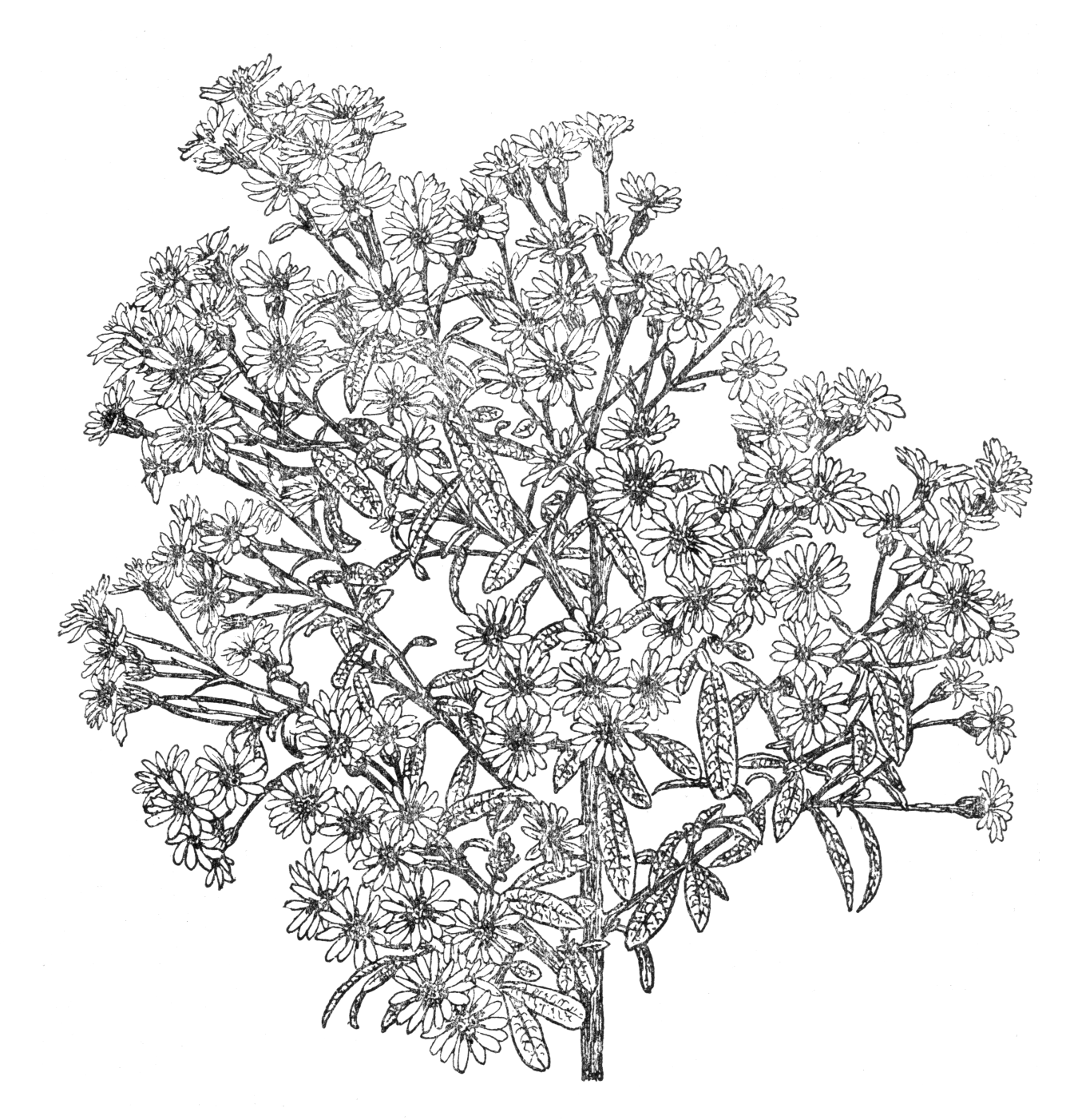Olearia phlogopappa
Credits
Article from Bean's Trees and Shrubs Hardy in the British Isles
Recommended citation
'Olearia phlogopappa' from the website Trees and Shrubs Online (treesandshrubsonline.
Genus
Synonyms
- Aster phlogopappa Labill.
- Eurybia gunniana DC.
- O. gunniana (DC.) Hook. f. ex Hook.
Infraspecifics
Other taxa in genus
- Olearia arborescens
- Olearia argophylla
- Olearia avicenniifolia
- Olearia chathamica
- Olearia cheesemanii
- Olearia colensoi
- Olearia erubescens
- Olearia frostii
- Olearia furfuracea
- Olearia × haastii
- Olearia ilicifolia
- Olearia ilicifolia × O. moschata
- Olearia insignis
- Olearia lacunosa
- Olearia ledifolia
- Olearia macrodonta
- Olearia × mollis
- Olearia moschata
- Olearia nummulariifolia
- Olearia odorata
- Olearia paniculata
- Olearia ramulosa
- Olearia rotundifolia
- Olearia × scilloniensis
- Olearia semidentata
- Olearia solandri
- Olearia traversii
- Olearia virgata
An aromatic evergreen shrub 5 to 10 ft high, naturally much-branched; young shoots covered with a close white felt. Leaves alternate, oblong or narrowly obovate, 1⁄2 to 21⁄4 in. long, about one-fourth as wide, roundish at the apex, tapering towards the base, the margins sinuously or very shallowly toothed, dark dull green above, white or ashen grey, obscurely veined and closely felted beneath; very shortly stalked. Flower-heads 1 to 11⁄4 in. across, produced in erect, loose, slender-stalked corymbs. Ray-florets ten to sixteen, white, sometimes pink, mauve or blue. Bot. Mag., t. 4638, as O. gunniana.
Native of Tasmania, Victoria, and New South Wales; introduced to Kew about 1848. O. phlogopappa is the earliest olearia to flower (late April and early May). The form originally introduced has white flowers and survives most winters near London in a sheltered position. But in recent years it has given way in gardens to O. × scilloniensis (q.v.) and to the cultivars described below.
O. phlogopappa ‘Splendens’ Group O. gunniana var. splendens Comber; O. stellulata ‘Splendens’ – During his expedition to Tasmania (1929–30), Harold Comber found some forms of O. phlogopappa with flowers ranging in colour from white, pale pink, deep pink, mauve, purple to blue. The seed he sent home germinated freely and these olearias are now well established in cultivation. They may be referred to collectively as the ‘Splendens’ group of cultivars; they differ from the white-flowered plants of the old introduction not only in their flower-colour but also in their generally smaller leaves, up to 11⁄2 in. long. They are also, unfortunately, less hardy and less vigorous. Mature plants should be lightly pruned after flowering.
O lirata (Sims) Hutch, (in error as
Synonyms
lyrata”) Aster liratus Sims
O nernstii (F. v. Muell.) F. v. Muell. ex Benth.
Synonyms
Aster nernstii F. v. Muell
O stellulata (Labill.) DC.
Synonyms
Aster stellulatus Labill
var. subrepanda (DC.) J. H. Willis
Synonyms
Eurybia subrepanda DC

